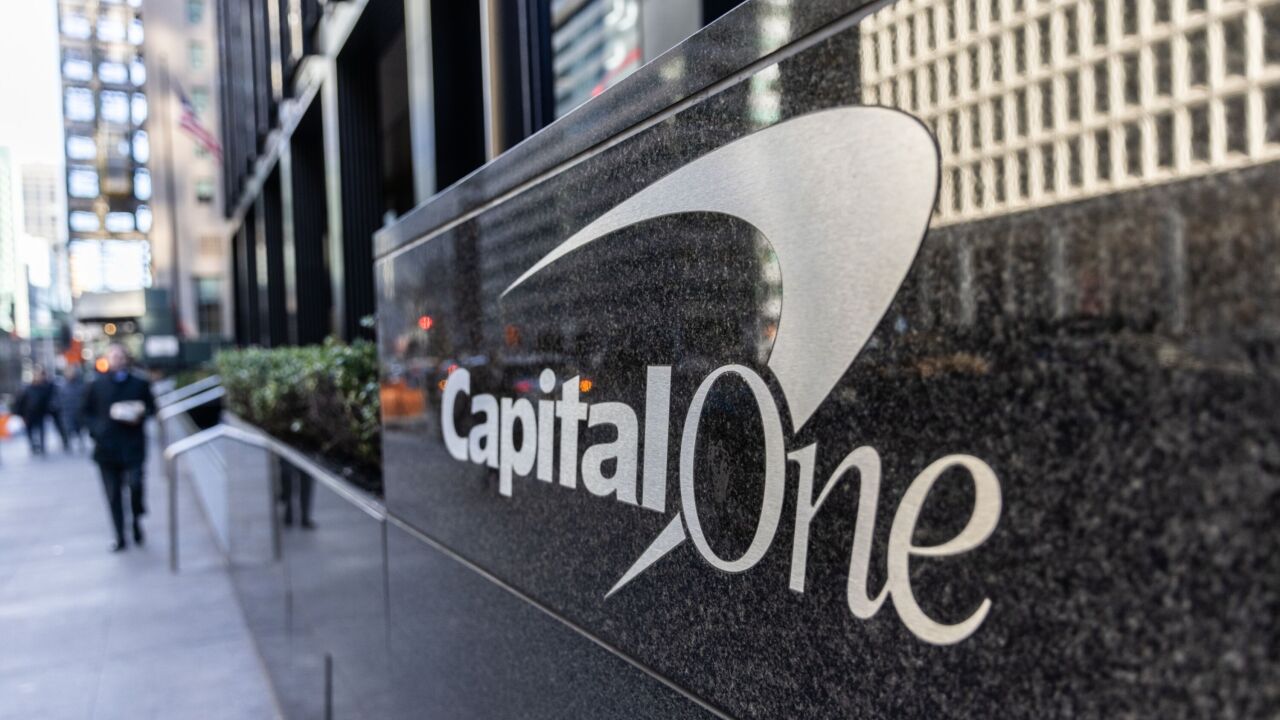Uber has brought buzz and new meaning to the novelty/simplicity/necessity of frictionless payments, but the role of payments has always been to reduce the friction of buying something.
For centuries, cash has played an important role in reducing transaction friction and enabling commerce between all businesses and consumers. Checks provided convenience, so consumers didn’t have to go to a bank to get cash. But they delayed clearing, so merchants weren’t sure if good funds were available.
Credit cards then introduced real-time authorization of credit availability for merchants to provide certainty of payment. Improvements in payments technology have continued, but today both merchants and consumers still see the act of making a payment as a barrier and again look to technology to enhance the experience.

The evolution of payments has been built on a foundation of trust to enable the transfer of value between parties, and ultimately commercial transactions. Technology has enabled this trust and value to be performed with less friction over time, and today it is driving this change at a dizzying pace.
Friction-free checkouts are optimizing customer experience. For example, the Amazon Go concept store allows customers to open their mobile app as they walk in, pick up products and charge them as they walk out (no checkout required). It’s a great example of the possibilities to make a retail shopping experience engaging while eliminating any payment friction.
We are not quite there yet, but the world of payments is changing fast. Technologies that were seen as the future not long ago are here today. Making payment transactions via voice can be done using your smartphone or Amazon’s Alexa, with adoption in the U.S. expected to grow from
We will continue to see a blurring of the shopping experience between what is done online and what is done in-store. Providing a personal customer experience may mean tracking customers in-store so a retailer can deliver targeted messaging based on the exact location of a customer relative to product displays. The customer would match a persona based on user history and be delivered a message or incentive as they got close to the product.
Payments in the future will be closer to the consumer or to an enabled device so that payment transactions can happen not just anytime and anywhere, but in any way the consumer wants.





